| It was Sunday and yet not a single bottle of wine had been opened at Chateau Purple Teeth. This was clearly a mistake that needed to be swiftly rectified. It seemed only right to open one of my "top shelf" bottles, those which are probably overdue for drinking. On Wednesday, I'd met 3 staff from Brindisi over lunch, at a wine show. Juan Gil, several of whose Jumilla Monastrells we've discussed here before, came up favourably but we all agreed Ribera del Duero wines were our Spanish favourites. It won't have escaped the regular reader's notice that I have a bit of a thing for Spanish wine. Spain was on my mind, but Ribera del Duero was not on my shelf. The name Gil was front of mind too, so this Waitrose offering leapt off the wine rack at me. Mas d’en Gil Coma Vella Priorat, Spain 2007, a Decanter silver medal winning red was a fine consolation prize. Despite the name, the wines here are not made by Juan Gil. They are made by the Rivera family who've resided in the area and been making wines here, only since 1998. |
| It didn't take long to polish off the bottle despite the punch it packs. We were left wanting more... Priorat is a fashionable wine region (read expensive), in Catalonia, inland from Tarragona. It's famous for it's "licorella" soil, which is like a decomposed red slate, on steep granite slopes, and perhaps even more famous for producing some Spain's most expensive wine. L'Ermita can set you back upwards of £200 a bottle. Not quite the crazy prizes commanded by Ribera del Duero's Pingus (around £500), but still eye-wateringly expensive. Yet not more than 2 decades ago, it was virtually unknown outside of Spain and had massively declined in production area. It was around 1979 that René Barbier, a winemaker from the north east of Spain, discovered the potential of the ancient vines on the steep, rocky slopes. By the late 80s he'd been joined in the area by a few other talented wine makers who made wines from the concentrated old vines grapes, using modern techniques, with aging in small French oak barrels (as opposed to the American oak favoured in Rioja). Some described them as mavericks and misfits, but they clearly understood hype as much as they understood good wine. They reputedly produced one wine but sold it under 5 different labels, achieving different ratings for each! | Oh my! This stuff was delicious. I had the 2007, but it had been on my shelf for quite some time - later vintages may be in store now, at £23.49, and I can't guarantee that other vintages will have wine awards. Our Garnacha based wine had lots of deep blackberry and liquorice spice, as well as mineral and toasty elements - a real treat. The tannin is plentiful making this an ageworthy wine, but they are soft and velvety. There's plenty of zingy acidity which washes out any drying factor. Although we are looking at a hefty 15% alcohol here, the wine is smooth and balanced as befits at Decanter silver medal winner. Most Priorat wines will be at least 14.5% alcohol. Mr Purple Teeth declared he could "drink a lot of it" and "the more I drink it, the more I love it". High praise indeed. |
Mostly Grenache (Garnacha in Spanish), a Rhône stalwart, there is also Carignan (Carineña in Spanish) planted, along with small proportions of international varieties such as Syrah, Merlot and Cabernet Sauvignon. The wines are deep, full bodied and full of old vine awesomeness with intense minerality, yes smooth, elegant, and suddenly very, very fashionable.
I'm a sucker for old vines. The mere mention of this on on a label means I'm at least 37.8% more likely to order a wine. The age means the vines produce much less fruit, but with an amazing concentration in what is grown. I've heard that in some parts of Priorat, it can take more or less the fruit of a whole bush to provide just one bottle of wine. No wonder it's so good (and so expensive). For those looking for a cheaper option, lower priced Priorats do exist, but you'll probably get better value at the "£10 and under" price point by seeking out wines from Montsant, a region which borders 3 sides of Priorat and has some licorella of it's own.
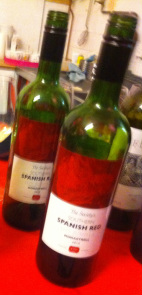
I reviewed this wine back in November so I won't say more about it here. You'll also find in the November archives, other Spanish wines including supermarket Ribera del Duero. It may be winter outside, but the wines of Spain are keeping me warm.
I'd love hear about your favourite Spanish wines, either by blog comments, or on my Facebook or twitter pages. Discover, drink, discuss! Next travel stop for me is Russia. I don't hold out much hope for a blog post on Russian wine, but we live in hope.
Cheers!

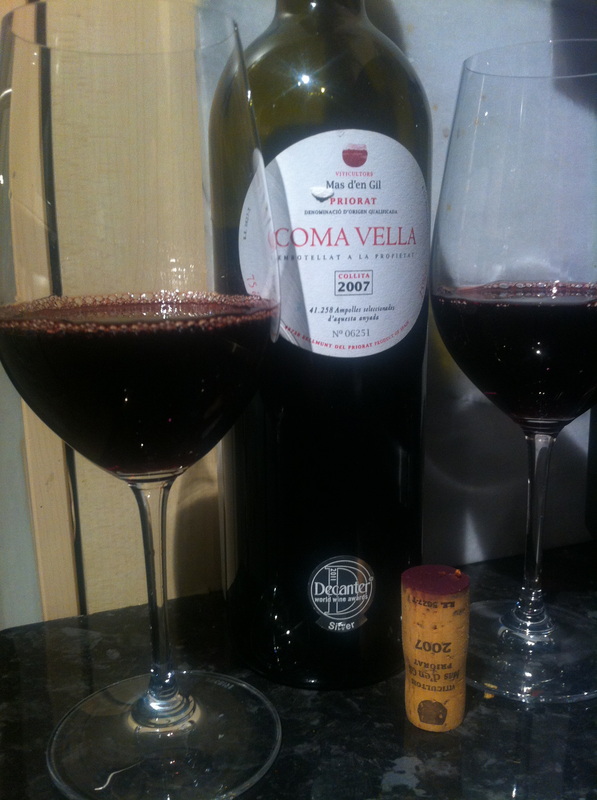

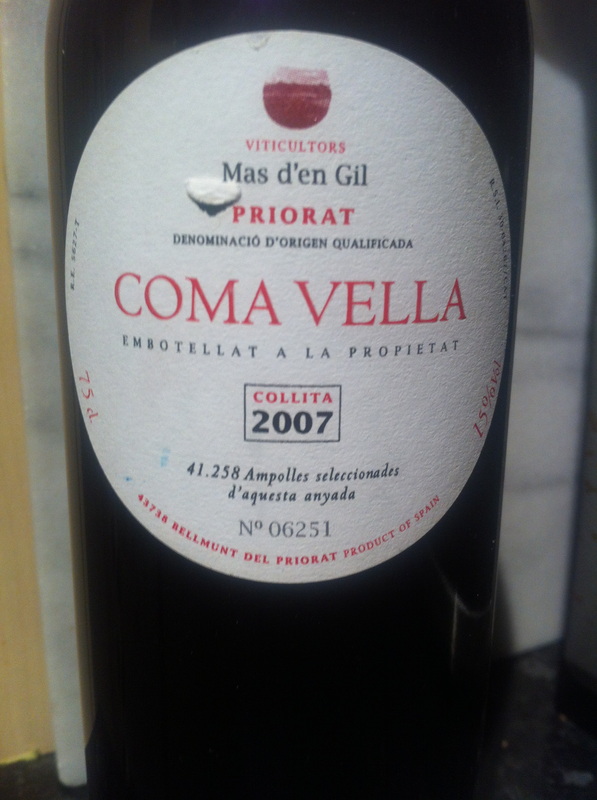
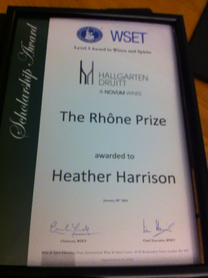






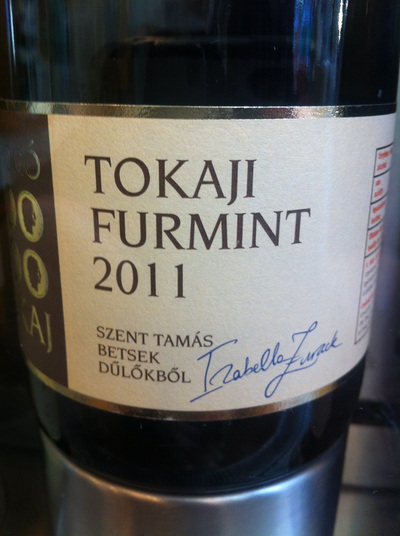
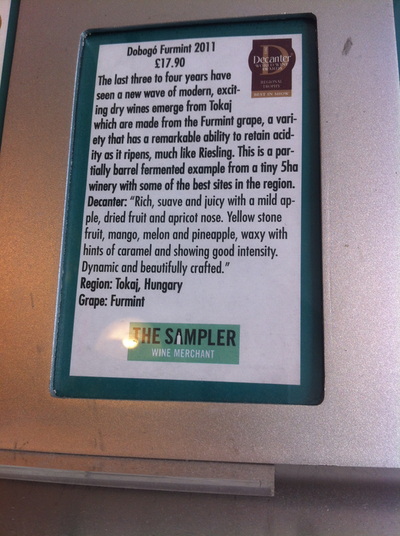





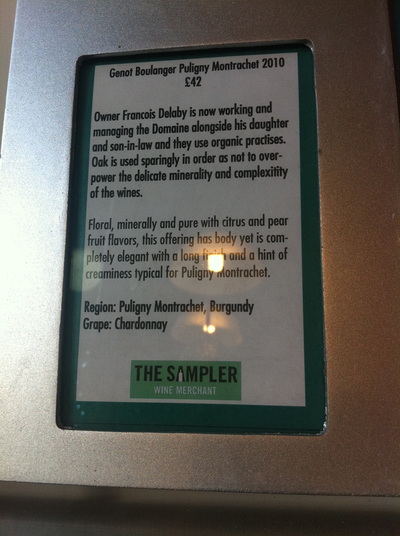

 RSS Feed
RSS Feed
